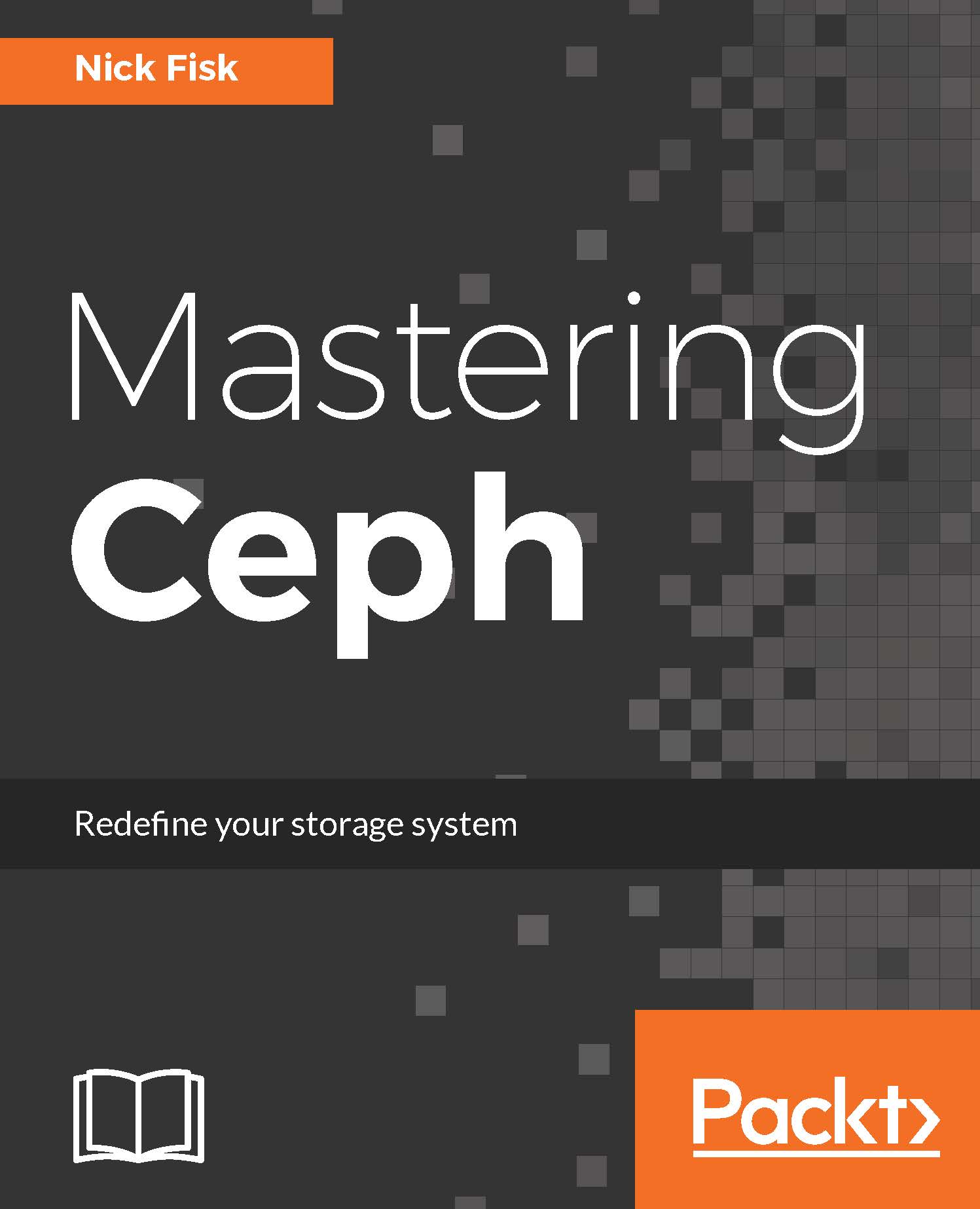As mentioned, Ansible will be the orchestration tool of choice for this book, let's look at it in a bit more detail.
Ansible is an agentless orchestration tool written in Python, which uses SSH to carry out configuration tasks on remote nodes. It was first released in 2012 and has gained widespread adoption, and it is known for its ease of adoption and low learning curve. Red Hat purchased the commercial company Ansible, Inc. in 2015 and so has a very well-developed and close-knit integration for deploying Ceph.
Files named playbooks are used in Ansible to describe a list of commands, actions, and configurations to carry out on specified hosts or groups of hosts and are stored in a YAML file format. Instead of having large unmanageable playbooks, Ansible roles can be created that allow a playbook to contain a single task, which may then carry out a number of tasks associated with the role.
The use of...


